While all pet birds have the capability to bite and cause a ruckus, certain species tend to be more friendly and gentle than others. When properly tamed and cared for, these birds often are affectionate with their caretakers and lack a propensity for biting. Some are fairly active while others maintain a more relaxed disposition. Here are eight of the most gentle birds to keep as pets.
- 01 of 08
Pionus Parrot
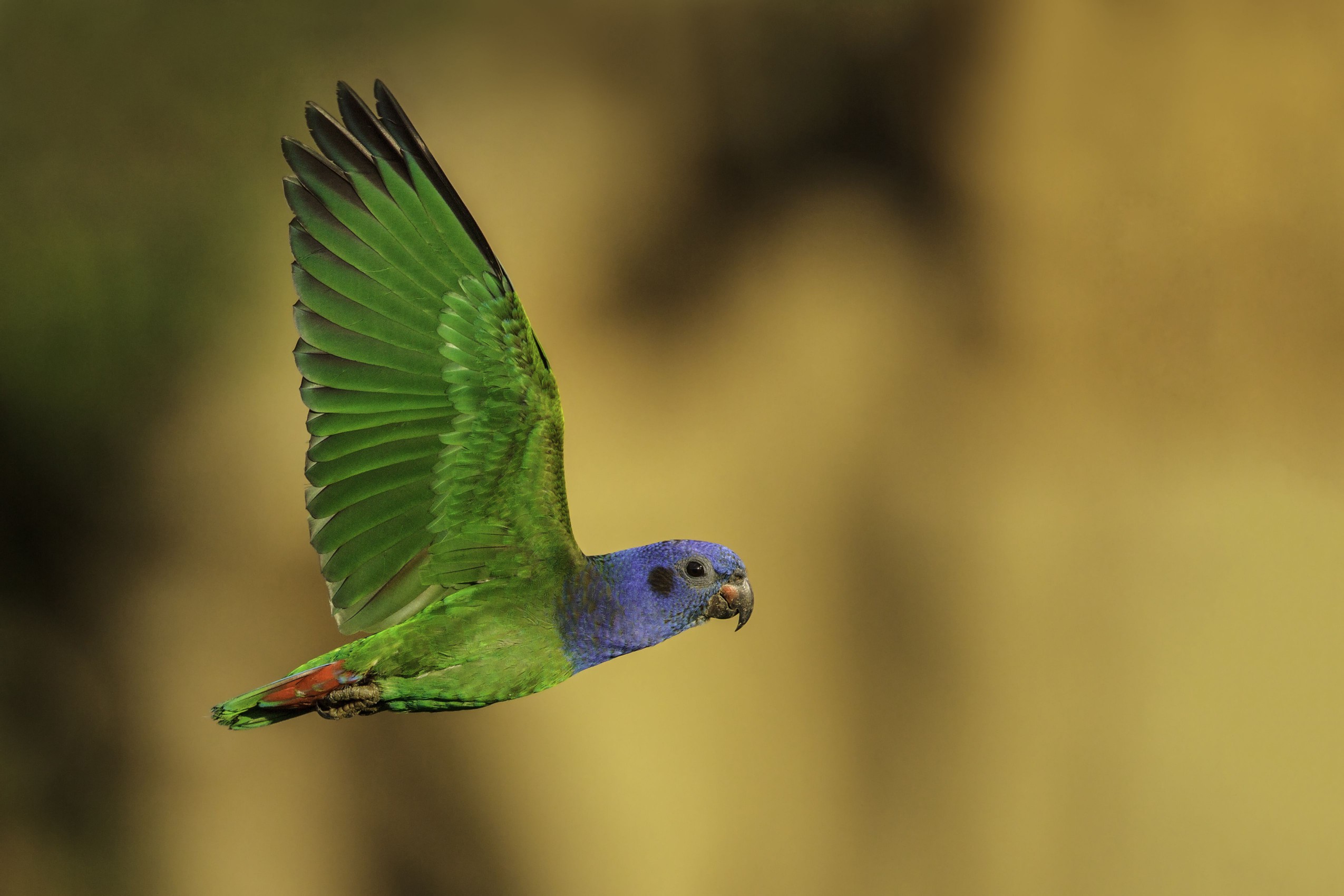
Glenn Bartley/Getty Images
Beautiful and soft-spoken, pionus parrots have gained a reputation for being some of the most gentle pet birds. While they are highly intelligent and thrive in social settings, they tend to be more independent than some other species. This typically makes them a little less moody than parrot species that demand attention. Pionus parrots are very active birds and will readily burn off energy with bird-safe toys.
Species Overview
Length: 11 inches
Weight: 8 to 9 ounces
Physical Characteristics: Blue head and neck; green body; black patches over ears; red on underside of tail; black beak with red sides
02 of 08Dove
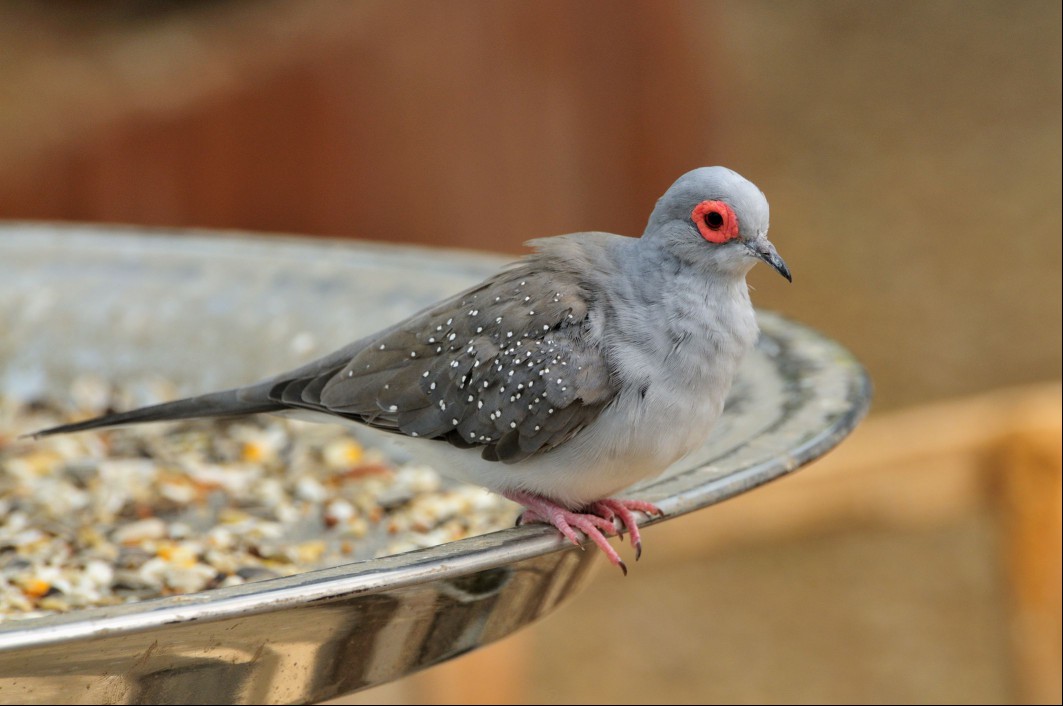
Mary Clark/Getty Images
Doves are seen as symbols of peace and love around the world, so it should come as no surprise that doves are among the most gentle bird species. Indeed, these quiet, sweet-tempered birds make excellent pets and are even a good choice for apartment living. They tolerate handling well but don't demand attention from their caretakers.
Species Overview
Length: 11 to 13 inches
Weight: 5 to 8 ounces
Physical Characteristics: Plumage of dull grays and browns; black collar around nape of neck; black eyes and beak; mutations include white, orange, and pied (ring-necked dove)
03 of 08Budgerigar
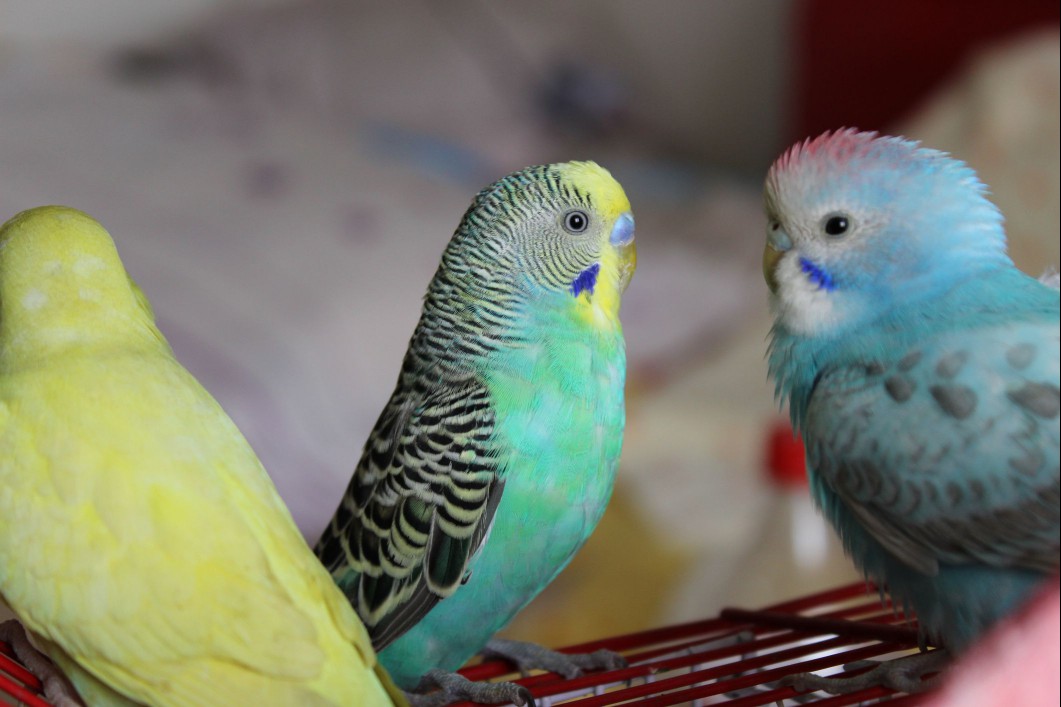
Jitin Rajput/EyeEm/Getty Images
Budgies (or parakeets) are another great choice for those who prefer a gentle feathered friend. While they might bite when they're upset, their tiny beaks are hardly capable of doing much damage. And with proper training and handling, budgie bites can become quite a rare occurrence. These social birds love to spend time with their caretakers and delight in play with toys or even learning to talk.
Species Overview
Length: 6 to 8 inches
Weight: 1 ounce
Physical Characteristics: Green abdomen; black and yellow back; yellow head; dark blue tail; mutations include blue, yellow, white, and gray
04 of 08Hyacinth Macaw
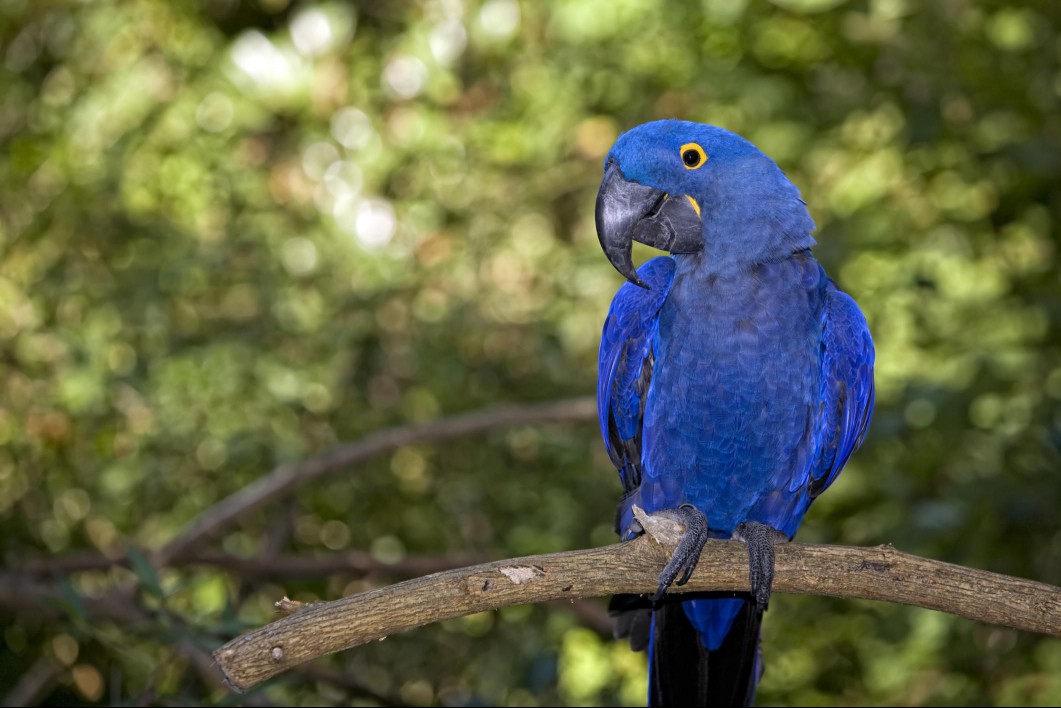
Getty Images Although it is the largest of the macaws, the hyacinth macaw's sweet and even personality has earned it the "gentle giant" moniker. These birds have large, somewhat intimidating beaks that are capable of cracking coconut shells. But properly raised hyacinth macaws don't tend to bite as often or as readily as many other parrot species.
Species Overview
Length: 40 inches
Weight: 42 to 51 ounces
Physical Characteristics: Solid blue plumage; yellow patches around eyes and beak; black beak; dark gray feet
Continue to 5 of 8 below05 of 08Finch
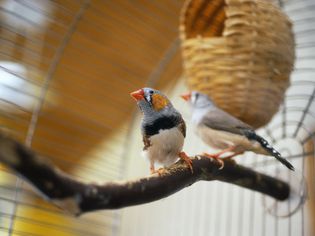
Tom Stewart/Getty Images
With finches, it's their caretakers who must be gentle, as they are rather fragile little birds. In most cases, finches do better as hands-off pets. So if holding a bird is not important to you, consider getting a small finch flock of your own. Provide finches with as large of an enclosure as possible, so they can get their exercise, and enjoy their pleasant chirps and peeps throughout the day.
Species Overview
Length: 4 inches
Weight: 0.5 ounce
Physical Characteristics: Black and white throat bars, orange cheek patches, and red-orange beak (male zebra finch); gray coloration throughout the body and less vivid beak (female zebra finch)
06 of 08Eclectus
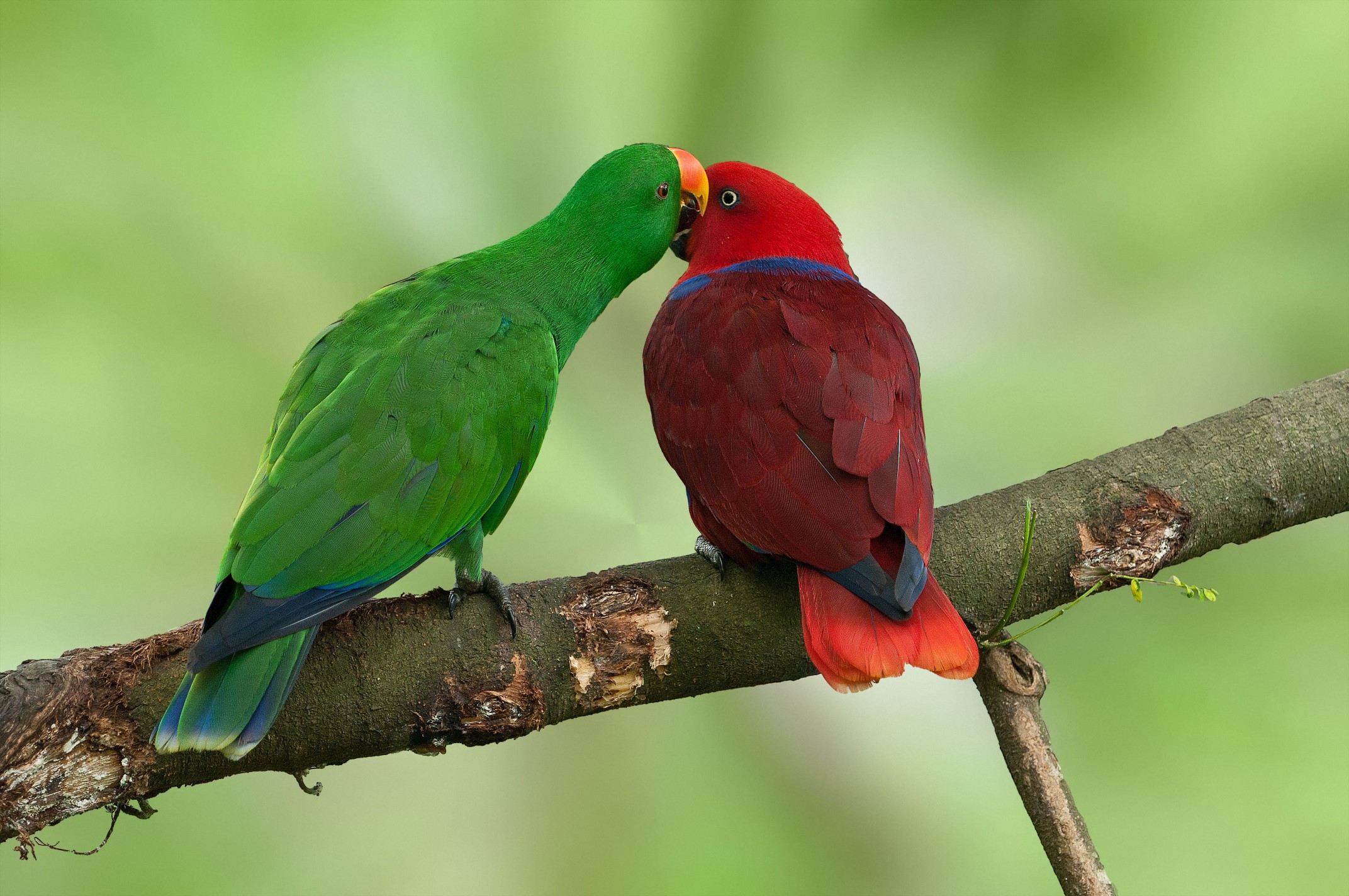
Ang Hwee Yong/Getty Images The eclectus is a large parrot species that's known to be an affectionate bird. These birds thrive on socialization with their caretakers and might become jealous if they feel they’re being ignored. Some people say a male eclectus is more affable while a female eclectus might become nippy, especially if she’s nesting. But the female birds also tend to handle stress better, which can make them less likely to lash out.
Species Overview
Length: 17 to 20 inches
Weight: 13 to 19 ounces
Physical Characteristics: Primarily emerald green, red and blue under wings, and orange beak (male); primarily bright red, blue on chest and tail, and black beak (female)
07 of 08Bourke's Parakeet
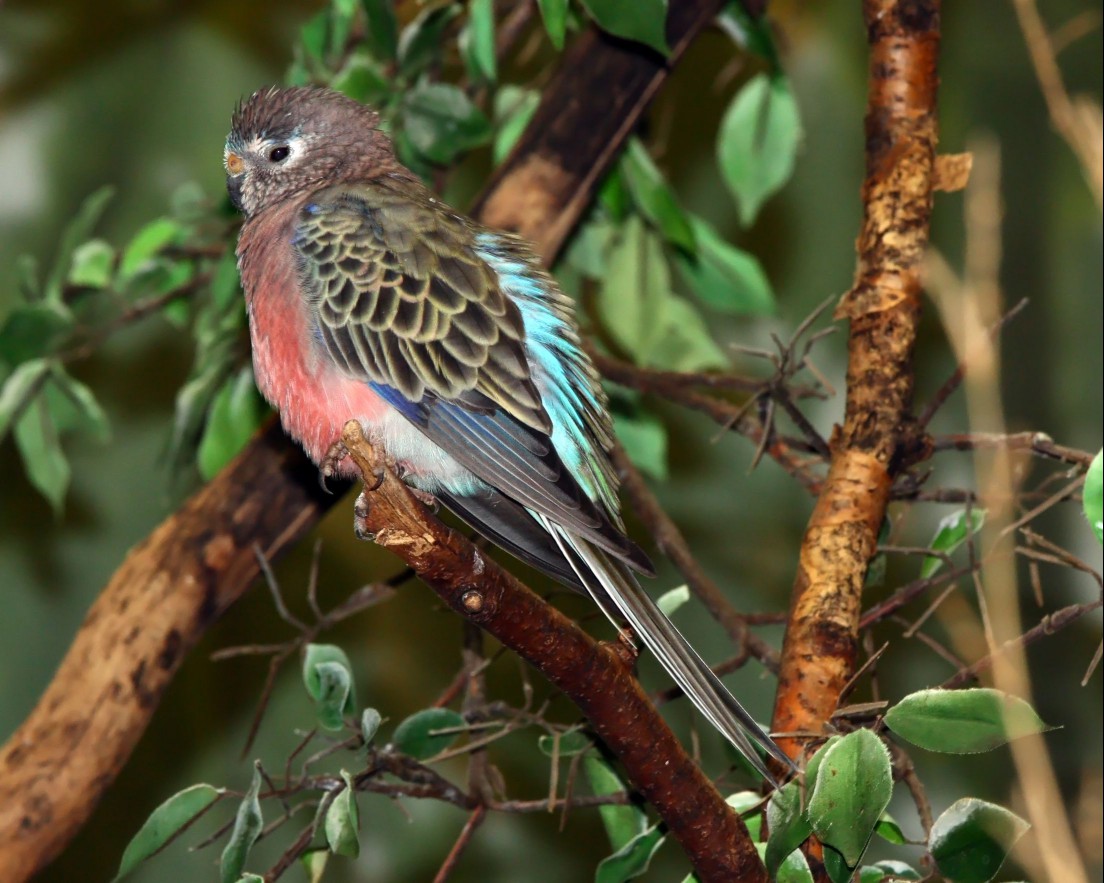
Greg5030/Wikimedia Commons/CC By 3.0
Native to Australia, Bourke’s parakeets tend to be gentle, good-natured pet birds, especially when they are hand-fed as babies. They’re usually most active and chatty around dawn and dusk, and they remain fairly mellow for the rest of the day. Although they are social birds, they typically won’t be demanding of your attention.
Species Overview
Length: 7 to 9 inches
Weight: 2 ounces
Physical Characteristics: Brown-tinted plumage; pink abdomen; blue rump; yellowish-brown beak; males have blue crowns while females have white
08 of 08Cockatiel
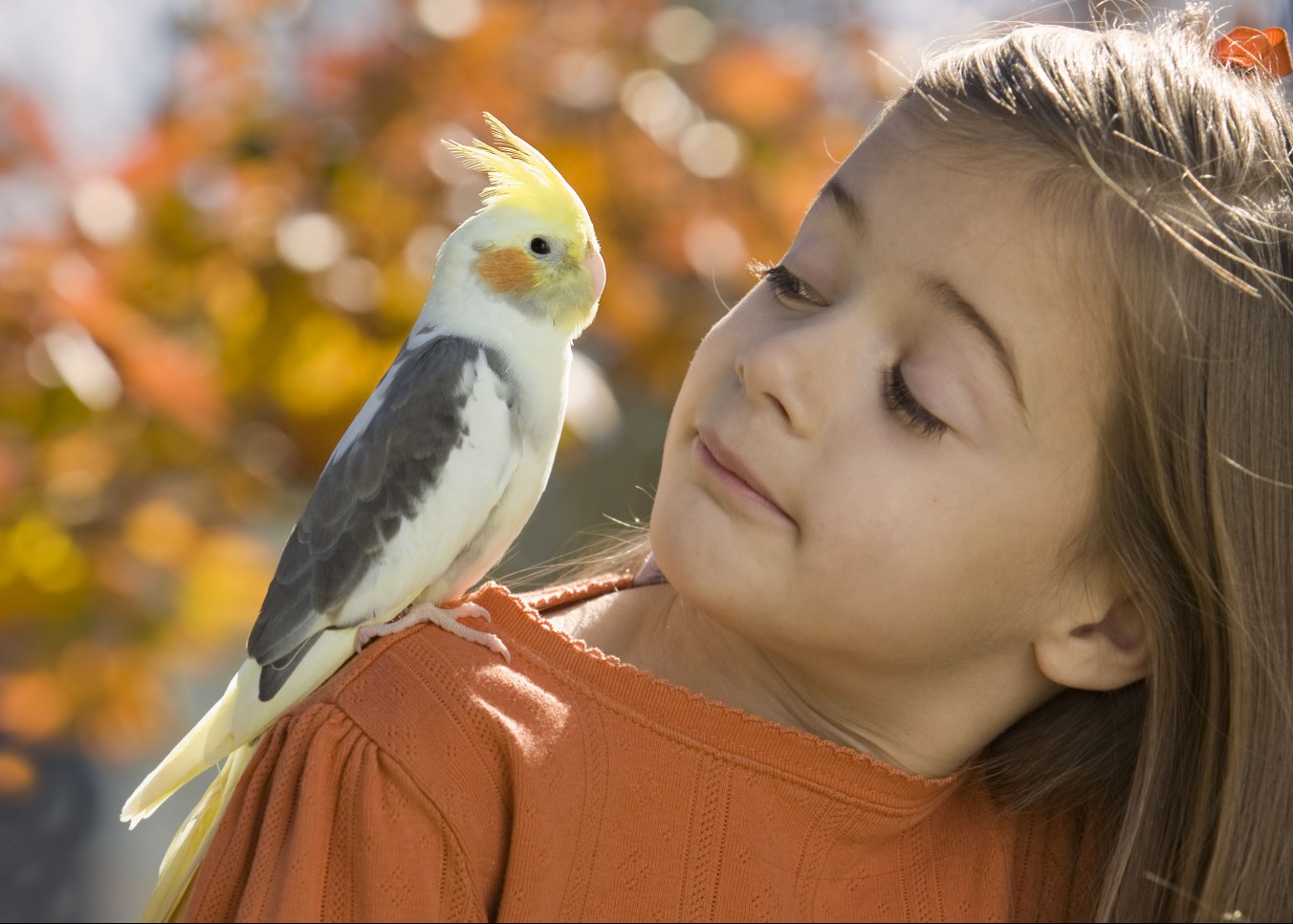
JLBarranco/Getty Images Cockatiels long have been popular pet birds for their affectionate, gentle demeanor. These birds are playful and active, and they love to whistle and mimic household sounds. Although a cockatiel that hasn’t been properly tamed might be nippy, the species generally is very friendly around people and tolerant of being held.
Species Overview
Length: 12 to 13 inches
Weight: 3 ounces
Physical Characteristics: Gray body; yellow face and crest; orange cheeks; long tail; mutations include albino, lutino, pied, and cinnamon
RECOMMENDED NEWS
 small-birds
small-birds5 Types of Small Parrots That Make Perfect Pets
Looking for a small parrot to bring home as a pet? Parrots have captivated many people for hundreds...
Read More → small-birds
small-birdsCanary: Bird Species Profile
A canary is an undemanding little charmer that is usually a beginner's cana bird. This small finch ...
Read More → medium-birds
medium-birdsSenegal Parrot: Bird Species Profile
The colorful and relatively small Senegal is remarkably quiet and calm. It can talk and mimic, alth...
Read More → bird-supplies-and-toys
bird-supplies-and-toysThe 6 Best Chicken Feeds and Treats to Help Your Flock Flourish
I care for two flocks of chickens and two roosters on a hobby farm in Washougal, Washington. Chicke...
Read More → bird-health
bird-healthCockatiel Breeding Basics
Cockatiels are part of the cockatoo family and are known for their warm and outgoing personalities ...
Read More → bird-health
bird-healthSigns That Your Bird Is Depressed
Not only are birds capable of becoming depressed, but prolonged depression can lead to self-destruc...
Read More → bird-breeds
bird-breeds8 Popular Large Birds to Keep as Pets
Birds of all types and sizes are certainly captivating creatures, but some of the most impressive o...
Read More → bird-basics
bird-basics5 Cheap Bird Toys You Can Make at Home
A dilemma that many bird owners face is the problem of providing enough toys for their precocious p...
Read More → bird-basics
bird-basicsHow to Trim Your Bird's Nails
Trimming or clipping a bird's nails is a necessary job for a bird owner. If you've ever been scratc...
Read More →
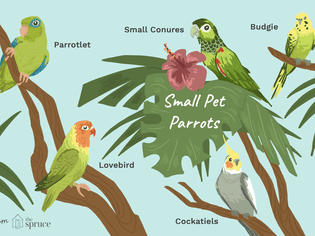
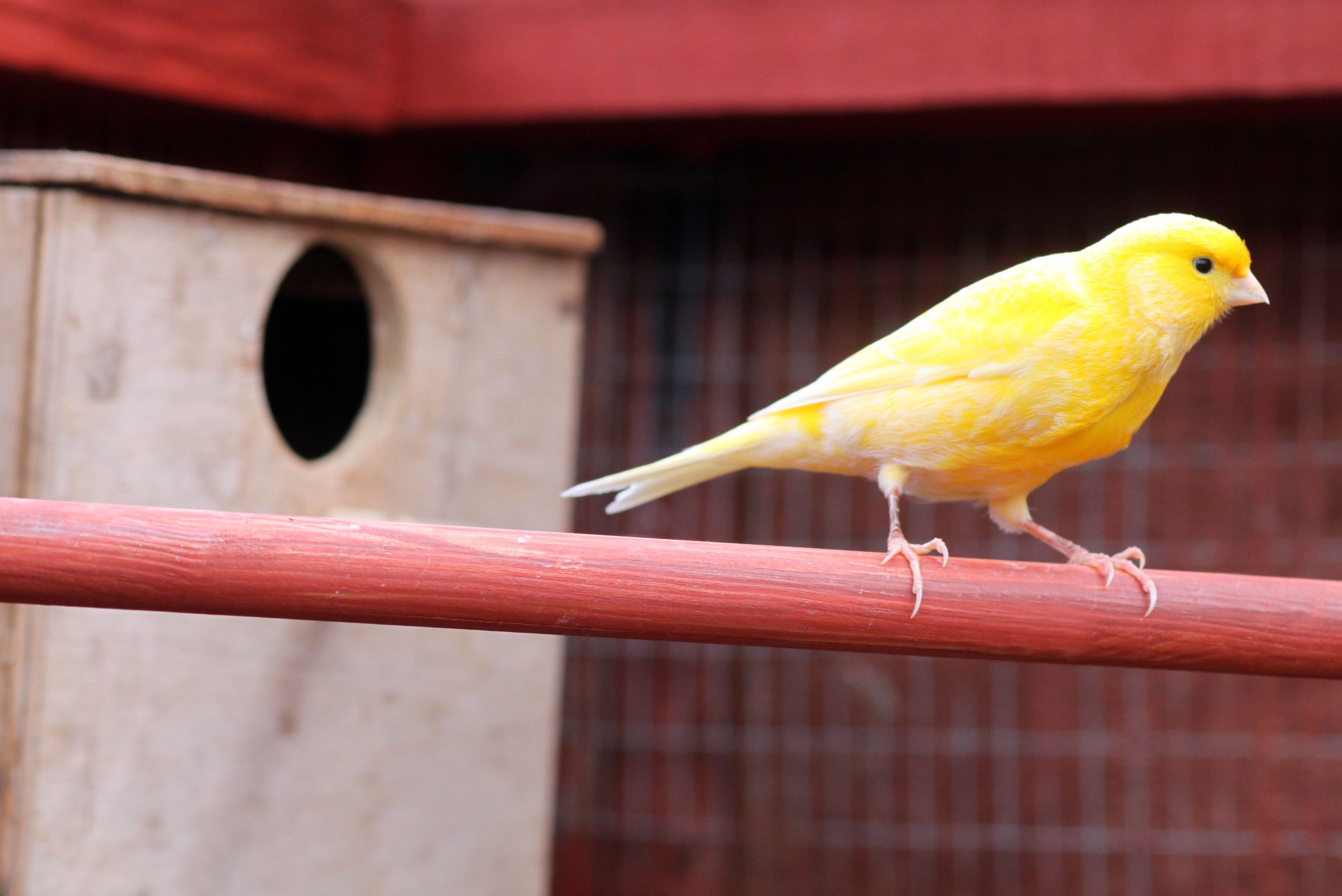
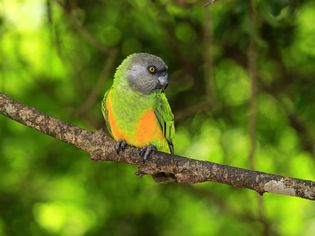
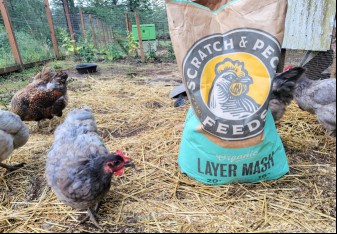
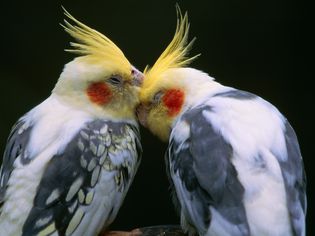
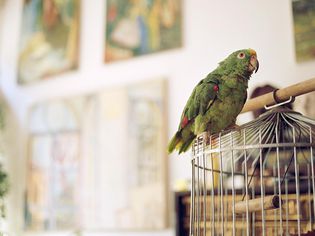

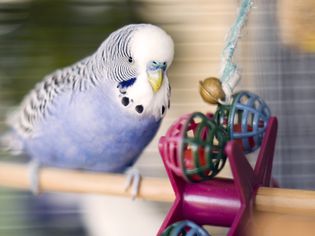
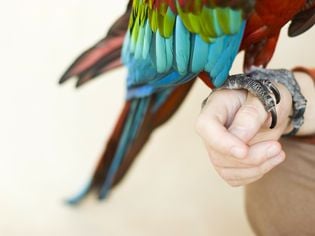
Comments on "8 Top Gentle Pet Bird Species" :